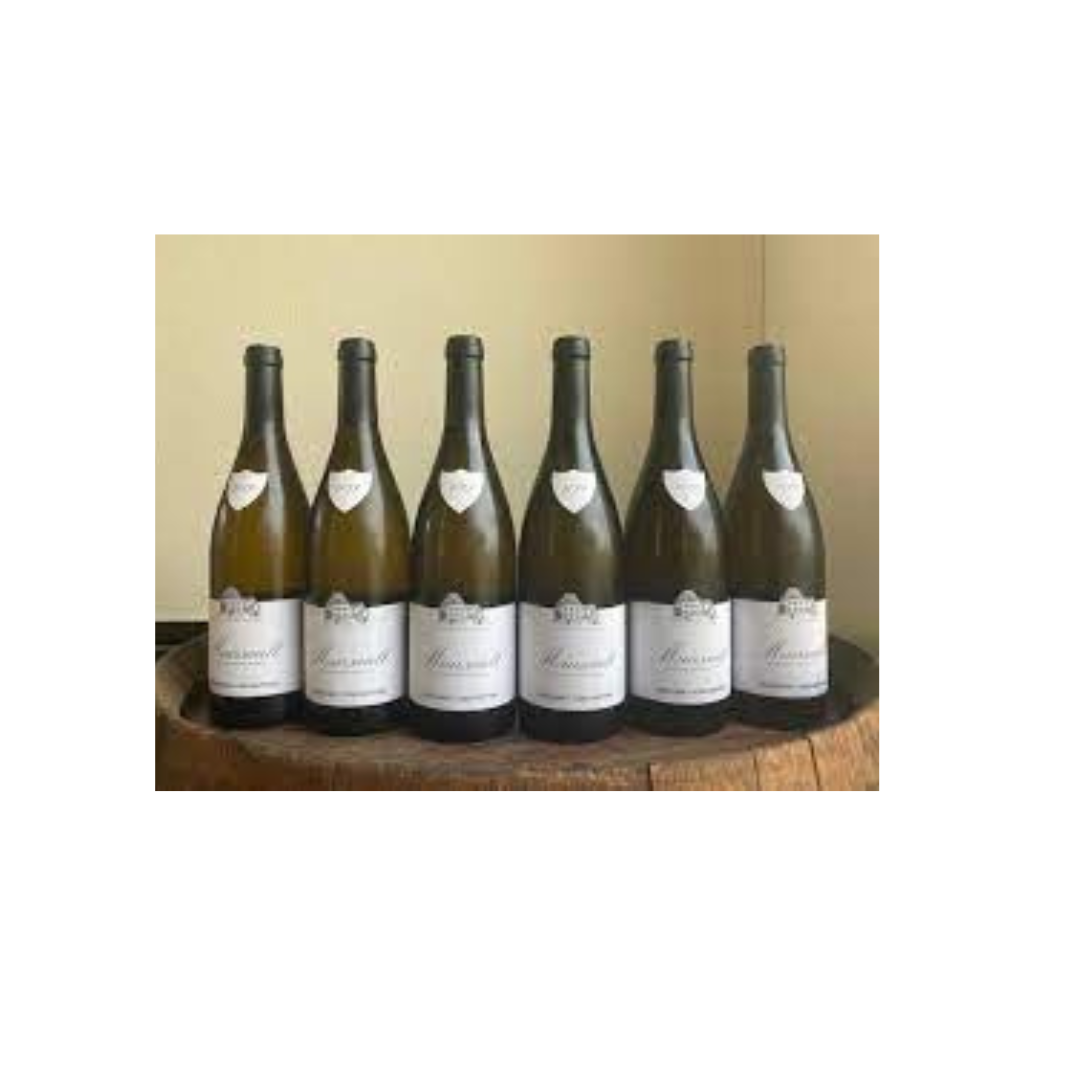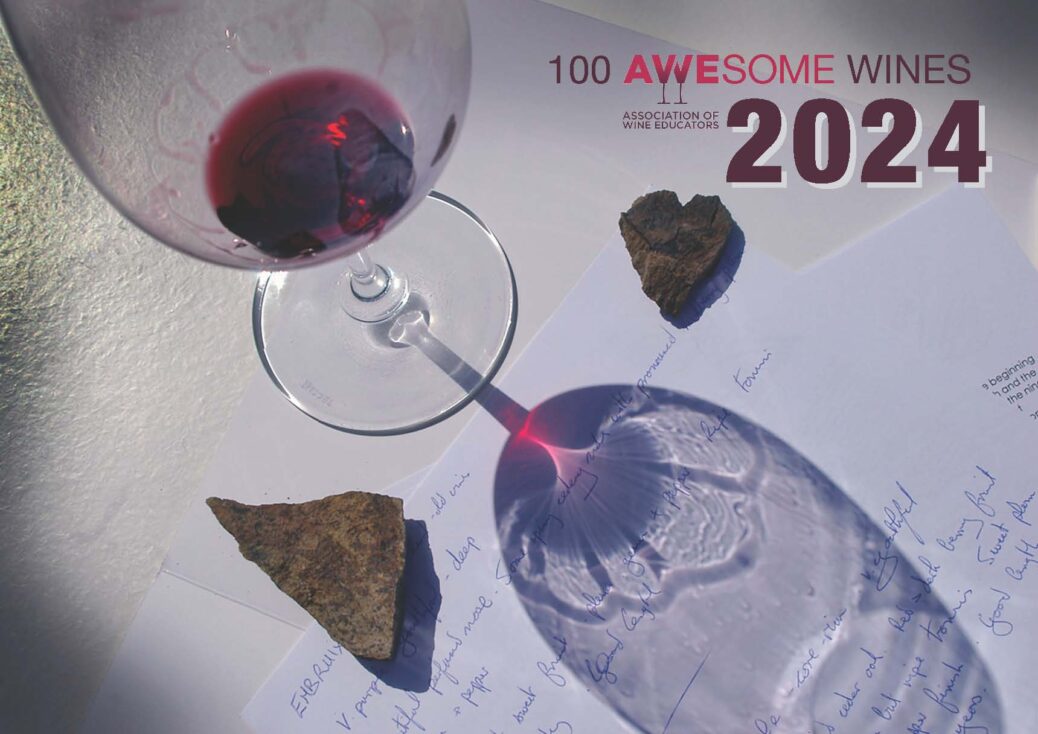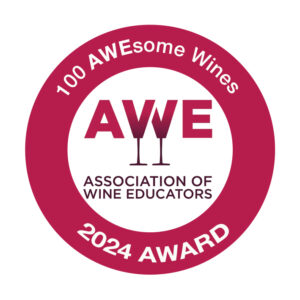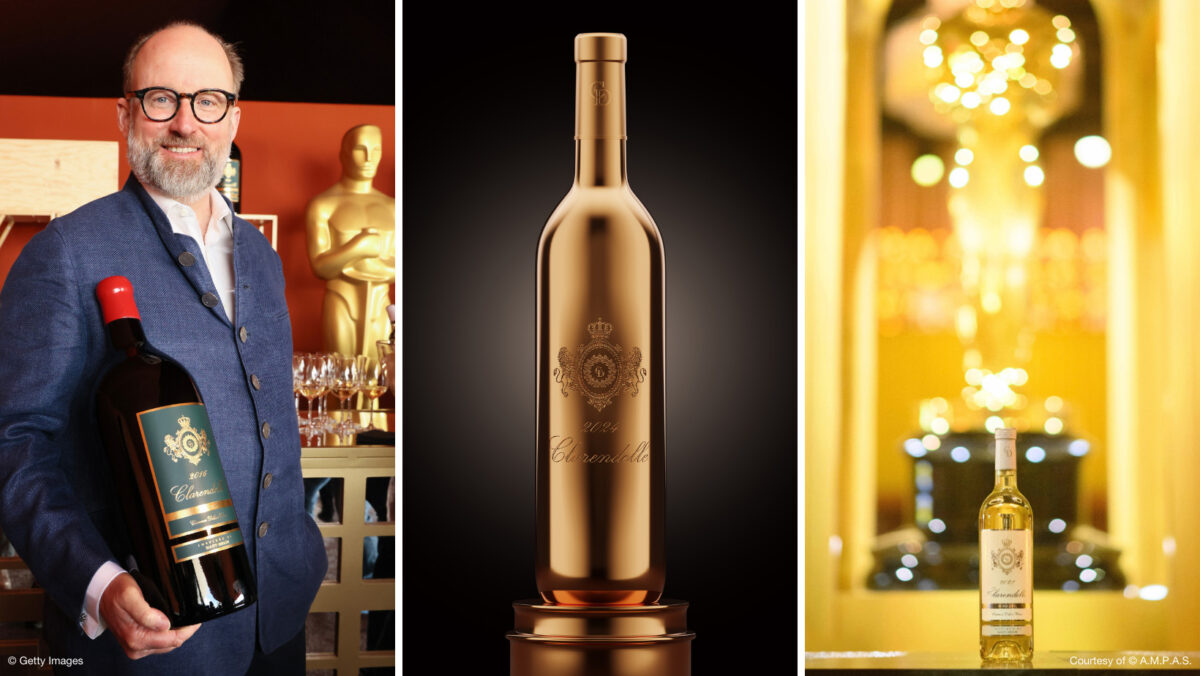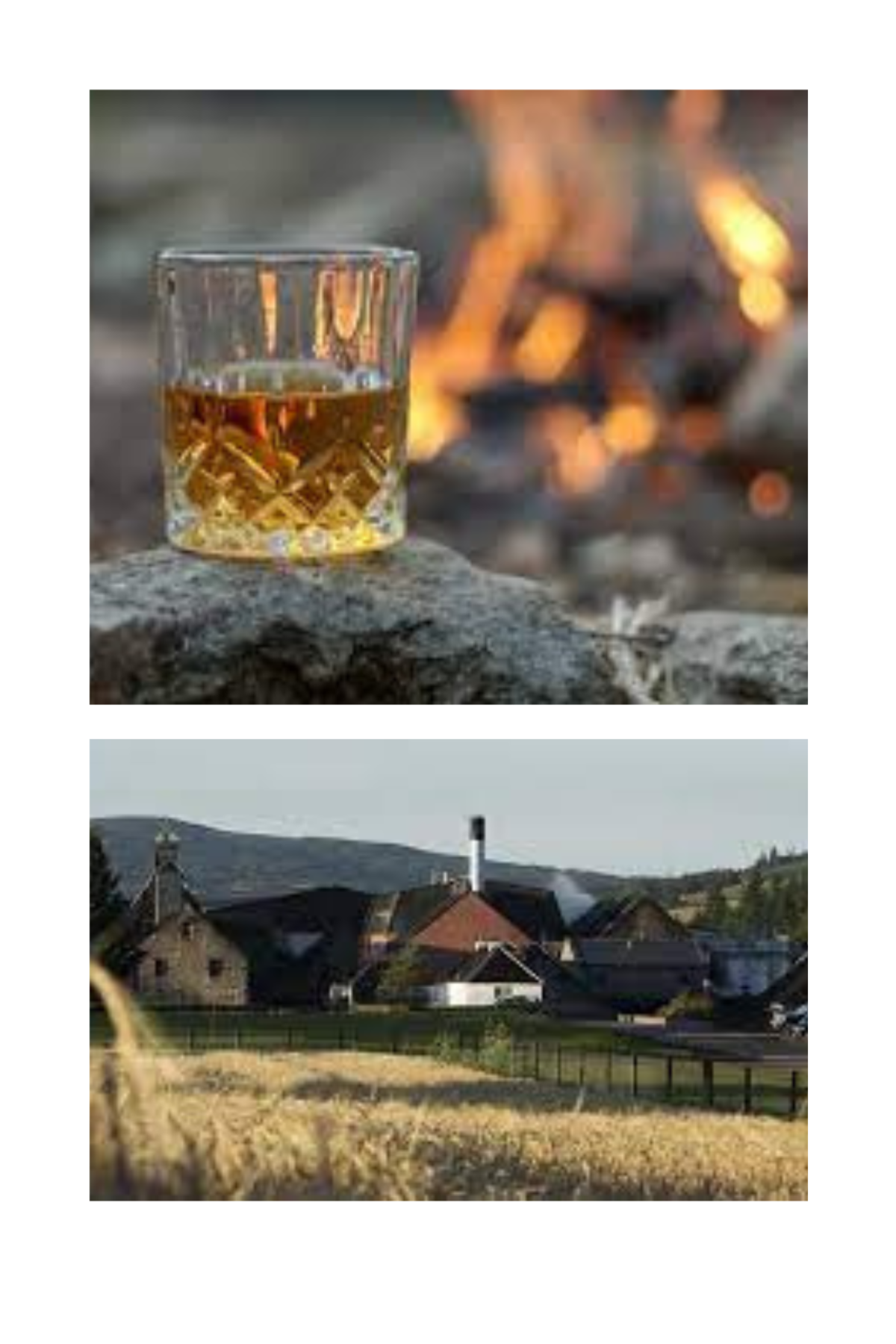Alexandre Vaudoisey is concerned about the environment and decided to take steps to limit environmental impact. In 2009, following his arrival on the family estate, he stopped using weedkillers and planted grass, hedges, shrubs and fruit trees to encourage biodiversity. He is also gradually moving towards organic farming on the estate.
This year, with the 2022 vintage Vaudoisey-Creusefond is switching all their bottles to the deposit system through the “J’aime mes bouteilles” (I love my bottles) initiative. “J’aime mes bouteilles” is part of the France Consigne national network.
Following in the footsteps of the Cerço cuvée from Terres Secrètes and Nuiton-Beaunois, they are the first family estate in Bourgogne to switch 100% of its production to reuse.
Bottle reuse: how does it work?
Reuse means that the bottle is reused (washed and reconditioned) rather than recycled (broken and then remanufactured). There is number of environmental advantages. By reusing bottles, you reduce waste and, above all, the consumption of energy, water and CO2 associated with the manufacture of glass bottles.
“When a customer comes to buy a bottle of wine from us (with a deposit surcharge of 50 euros cents), they drink it, rinse it and return the bottle directly to us or to one of the collection points nearest to them (thereby recovering their deposit).”

